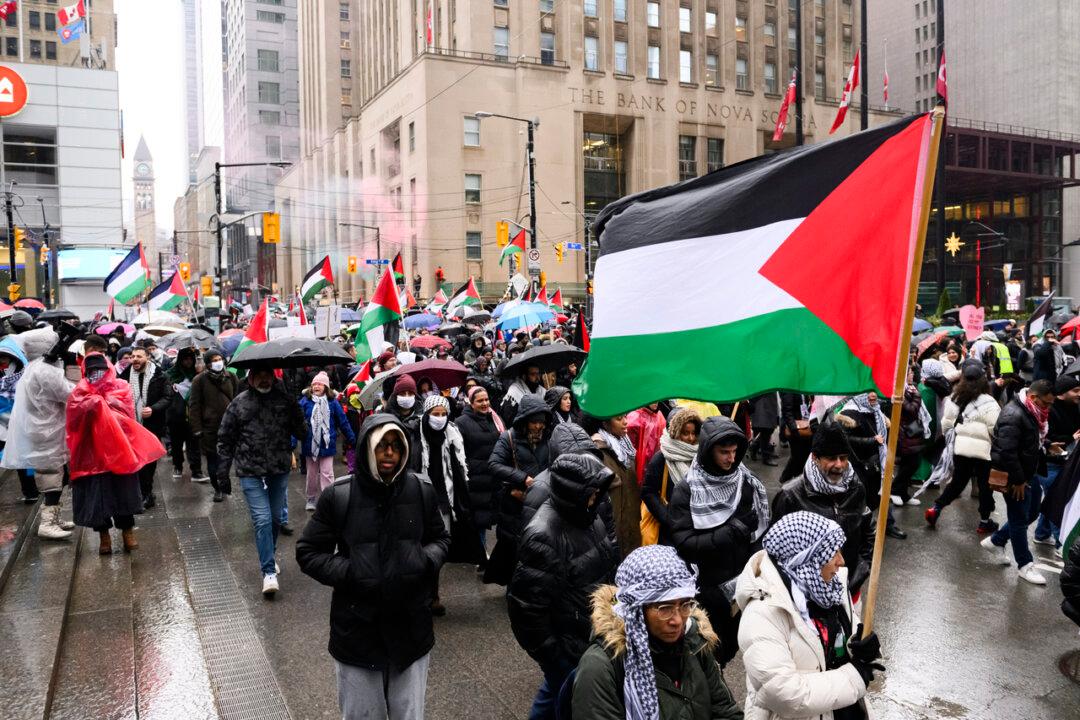The Canadian Armed Forces (CAF) is 26 percent below target readiness levels, according to a Department of National Defence briefing note.
The CAF is able to recruit just 7,600 new members per year on average and current force strength is at 63,000 people—well below the target of 71,500, says the note published last December and obtained by Blacklock’s Reporter. Of the 63,000 members currently enrolled only 52,707 are fully trained, the document noted.





